I saw some people eating over at the grocery dining area the other day. Some were just-barely adults, and others were of that great, vague realm of middle age. They were louder than necessary, sloppy, and left a mess. Not that my budget was going to let me buy a hot lunch to eat there anyway, but it would have been unpleasant to sit near them. I sighed inside; it “was like old times” and I wondered what had become of some of my former students.
When I worked with the secondary school students (ages 12-18), I often wished that in our smaller school cafeteria we had full table service — like Hogwarts — so we had a more home-style or nicer environment to teach and practice basic manners. No, seriously. Some of the students were fine, some were simply hungry kids who (being young) weren’t concerned about niceties, and some couldn’t help that they were uncoordinated or dyspraxic.
But all the students were all there because they had severe behavioral and emotional problems. And a good many either did not know, or did not care, how to eat neatly and politely. Instead, they went through a cafeteria line loudly, bumping into people, leaving behind a trail of dribbles around the serving bins, then dropped their possessions about the table and floor, eating noisily whilst conversing inconsiderately, and generally making themselves and the table a mess.
(Perhaps saddest was when someone despoiled a perfectly good piece of fruit by pencil-stabbing or bruising it. There were people there – students and staff – who would have gladly eaten a spare apple or orange. So we tried to intervene and rescue the produce for classroom fruit bowls that existed for the hungry.)
On the other hand, this was one of their few times for all the students to just relax, talk with friends, and recharge for the afternoon. Everyone needs opportunity to take a break, so we eased up from constantly supervising and redirecting, albeit still watching out for unsafe, disrespectful or irresponsible behavior.
But if there were something more like a real dining situation — instead of what amounted to a scramble at a fast-food joint — the following would have been the basic skills of politeness I would have them learn. And they are, very basic.
Note that these are mostly phrased as what TO do; this produces much better learning results than just telling what not to do.
- When serving yourself in the cafeteria line, hold your bowl over the container of food; this way anything that falls out will go back into the container, not all over the other containers and the tray rail.
- Set your possessions down quietly and neatly, do not slam them on the tabletop, nor use up more than your share of the table.
- Drape your coat over the back of your chair, do not drop it on the floor.
- Keep your legs by the chair, do not stick them way out under the table, nor out in the aisle.
- Lean your forearms on the table if you want, but do not stick your elbows out sideways upon the table, nor sprawl your body on the table when people are eating.
- Keep the book you’re reading close to you, not held way out in the middle of the table.
- Ask for something to be passed; don’t grab by reaching across others.
- Chew with your mouth closed. If you can’t, take smaller bites.
- Use a knife and fork, or the fork edge to cut food into smaller bites.
- Whole fruit or dipping-size pieces of vegetables may be eaten with the fingers; diced fruits and salad should be eaten with a fork.
- Do not stick your fingers in sauces and lick them.
- If you are dipping something in ketchup or other sauce, place that dish closest to you to prevent dribbling or leaning.
- Use napkins to wipe your hands, not your clothing.
- Avoid belching; burp quietly with a napkin over your mouth.
- Swallow before talking.
- Let others finish talking; do not interrupt.
- Rather than insulting people, explain why you believe something different.
- Everyone has different tastes; do not insult other’s taste in food.
- If you do not want something (piece of fruit, unopened milk or juice carton), ask if anyone else would like to have it; do not abuse it or throw it away.
- Before you leave the table, hold your tray underneath the edge of the table and use a napkin to wipe crumbs off the table and onto the tray. Do not leave the table messy, nor swipe the mess onto the floor.
- If you ate greasy or sticky food, wash your hands with soap and water. No, sanitizer gel does not remove the mess, especially not the grunge under your nails.


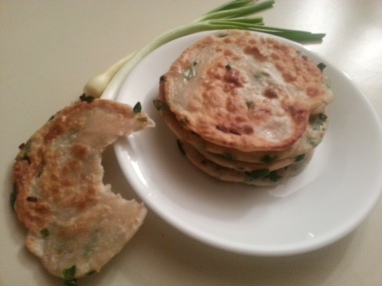
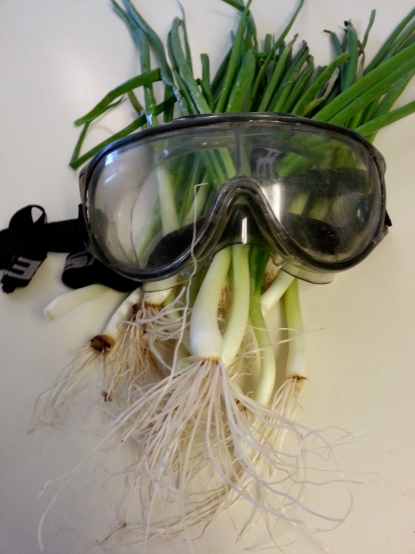


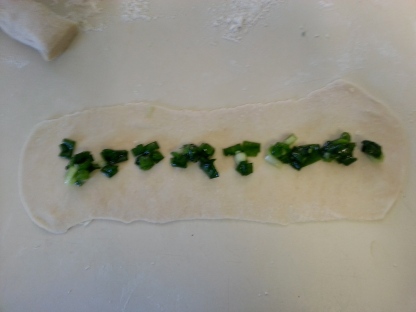



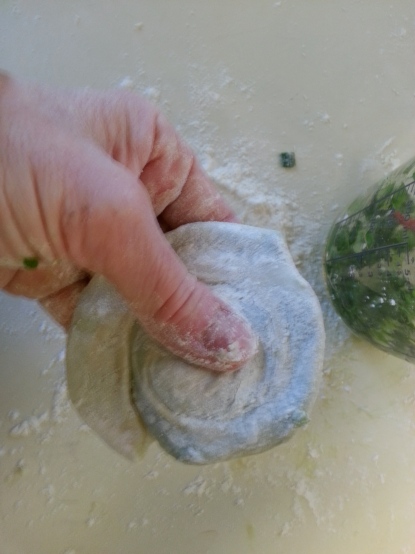
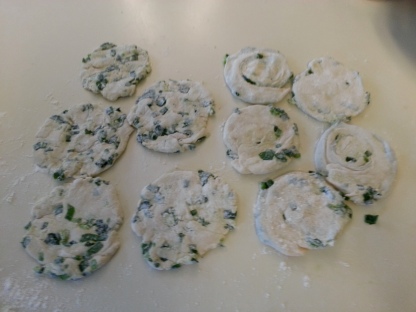












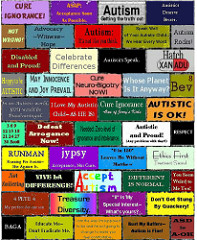





You must be logged in to post a comment.